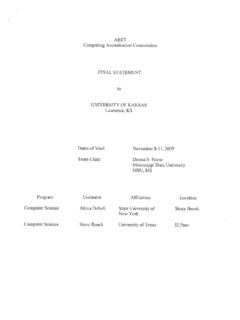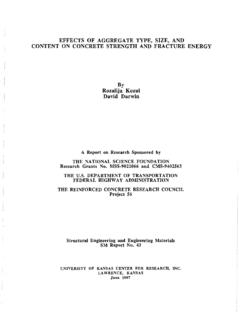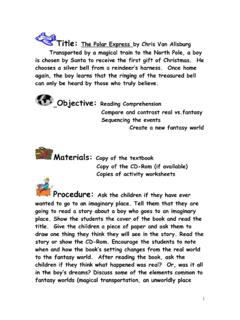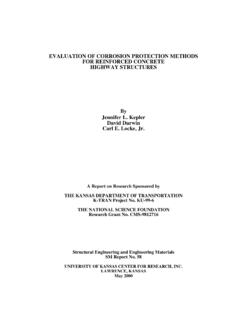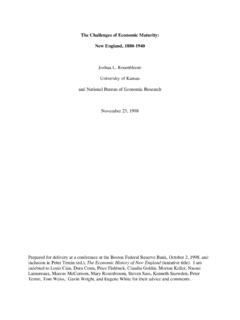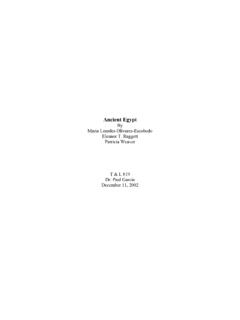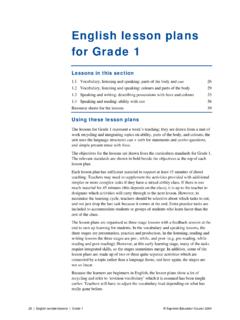Transcription of A Multicultural Unit: “Let’s Go to Mexico”A Multicultural ...
1 A Multicultural unit : Let's Go to Mexico . Lesson Guide for the Elementary Grades Table of Contents Day 1. Lesson 1: Packing our Suitcases Lesson 2: Boarding the Airplane Lesson 3: Learning the Geography of Mexico Lesson 4: Making Polvorones, Mexican Wedding Cookies: An Airplane Snack Day 2. Lesson 5: Counting in Spanish Lesson 6: Enjoying Chocolate, a Mexican Beverage and Song Lesson 7: Introducing the Marketplace Day 3. Lesson 8: Visiting a Mexican Marketplace Lesson 9: Constructing a Mexican Home Lesson 10: Eating Flan, a Favorite Mexican Food Lesson 11: Celebrating a Birthday the Mexican Way Day 4.
2 Lesson 12: Celebrating the Day of the Dead Lesson 13: Creating a Sugar Skull, a Mexican Work of Art Lesson 14: Playing Dominos, a Mexican Game Day 5: Lesson 15: Celebrating Mexican Independence Day (Internet lesson). Lesson 16: Preparing Tortillas Lesson 17: Writing Home 1. Lesson 1: Packing our Suitcases Brief Description: In preparation for their imaginary trip to Mexico, the students learn and practice the english and Spanish names for common items of clothing. As part of this lesson, they cut out items of clothing from catalogues; label them in english and Spanish; and place them in a paper suitcase which they make to take on their trip.
3 Objectives: 1. Students will review, or learn, english vocabulary words for clothing. 2. Students will learn, or review, the Spanish vocabulary words for clothing. 3. Students will practice their handwriting using english and Spanish words. 4. Students will learn to follow directions in english for making a project. 5. Students will practice their small motor skills through cutting and pasting. 6. Students will understand the concept of taking a trip. 7. Students will practice their new vocabulary words by working together. Materials: Poster Board/Marker Flashcards with clothing labeled in english and Spanish; 1 set for the class Clothing catalogues Scissors Handout with pictures of clothing labeled in Spanish; 1 per student Small file cards Glue Pencils Light colored construction paper containing the outline of a suitcase, including four holes pre- punched for handles; 1 sheet per student Crayons File folder.
4 1 per student Yarn KWL Chart: The teacher leads the students in making a KWL chart on a piece of poster board entitled Clothes We Will Take to Mexico and divided into sections for boys clothes and girls clothes in Spanish and in english . The students volunteer the names of items in either, or both languages, that they will take on the trip; and the teacher records them in the proper sections. When there are an appropriate number of items on the lists, the teacher proceeds with the lesson. Procedure: The teacher shows the students the flashcards of clothing; reviews the english name for each item and introduces the Spanish name for each item.
5 Primary students cut out at least six items of clothing from catalogues, paste them on small file cards and label them with the english and Spanish names; they may use the clothing handouts as reference. 2. Depending on their skills, intermediate students can cut out and label at least ten items of clothing in english and Spanish. Working in pairs, the students use their file cards as flash cards and say the names of the clothing in english and Spanish. The students cut out the suitcase; color it with their crayons; paste it on the file folder; trim the file folder to fit the pattern; fold the suitcase in half; and thread the yarn through the holes.
6 The students put their file cards with their labeled items of clothing in their suitcases. Homework: Primary students take their suitcases home; use their flashcards for practicing their vocabulary in english and Spanish; and review their handout. Intermediate students write six sentences about the clothes they will take on their trip to Mexico. In three sentences they name the clothes in english ; in three other sentences, they name the clothes in Spanish. Assessment: The teacher calls out the names of items of clothing in english and in Spanish and primary students who have that item hold up their flashcards.
7 The teacher keeps track of the students'. participation and whether they hold up the correct card. The teacher holds up her flashcards and directs students to write the name of the clothing item in english or in Spanish. Adaptations for ELL Students: Activity based learning is used to introduce new words. Using Spanish and english helps introduce english vocabulary to Spanish speaking students. Introducing Spanish vocabulary allows ELL students to participate more fully in class. Cooperative learning provides extra support. Direct Learner Strategies: Memory- Students create mental images; apply images and sounds; review well and employ action through an activity based project and flashcard review.
8 Cognitive- Students practice; send and receive messages; analyze and reason, including translating. Compensation- Students use linguistic and other clues to learn vocabulary and seek help from cooperative learning partners. Indirect Learner Strategies: Metacognitive- Students center their learning by paying attention; linking learning to already known material; finding out about language learning; and seeking practice. Affective- Students lower their anxiety by participating in cooperative learning. Social Strategies- Students ask for clarification; cooperate with peers; and develop a better cultural understanding as they learn to use each other's language.
9 Multiple Intelligence Strategies: Linguistic- The teacher introduces new vocabulary; the students understand its meaning and respond orally and in writing. Visual/spatial- The teacher uses magazine pictures and flashcards to introduce vocabulary;. students respond by making their own flashcards. Intrapersonal- The teacher provides an opportunity for self-teaching; students learn through the use of self-made materials. 3. Interpersonal- The teacher encourages group work; the students participate in cooperative learning. Standards Goal 1: To use english to communicate in social settings Standard 1: Students will use english to participate in social interactions.
10 Standard 2: Students will interact in, through, and with spoken and written english for personal expression and enjoyment. Standard 3: Students will use learning strategies to extend their communicative competence. Goal 2: To use english to achieve academically in all content areas Standard 1: Students will use english to interact in the classroom. Standard 2: Students will use english to obtain, process, construct, and provide subject matter information in spoken and written form. Standard 3: Students will use appropriate learning strategies to construct and apply academic knowledge. Goal 3: To use english in socially and culturally appropriate ways Standard 1: Students will use the appropriate language variety, register, and genre.


